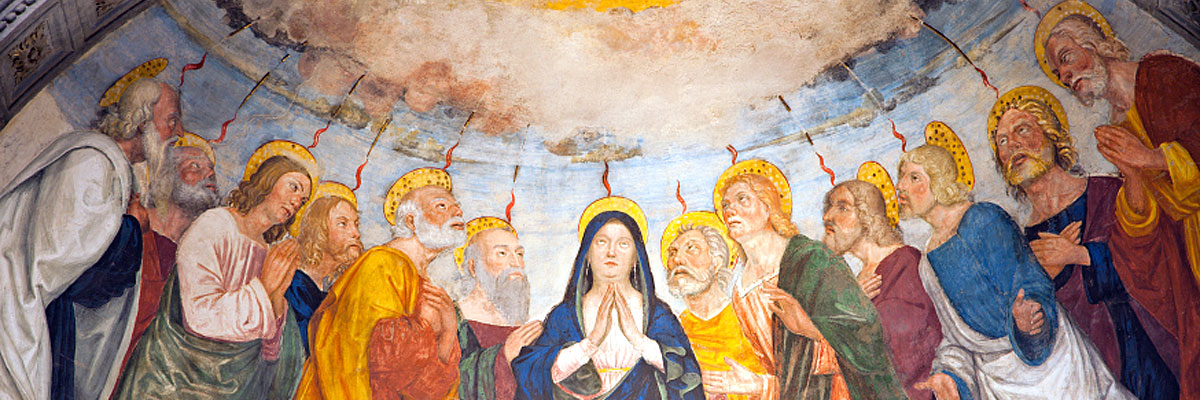
Understanding Our Church
A Treasury of Arkansas Writers Discussing the Catholic Faith
Official Website of the
Catholic Diocese of Little Rock
True date of Jesus’ birth not important; point is the promise of salvation
Published: December 21, 2002
By Msgr. Richard Oswald
Diocesan Director of Divine Worship
Why do we celebrate the birth of Jesus on Dec. 25? The most common theory about the origins of the date of Christmas is that Christians adopted the day to replace or to counter a pagan festival called The Birth of the Unconquered Sun. This was celebrated as the darkest days of winter began to grow longer following the winter solstice.
Existing symbolism that described Christ as the “Sun of Righteousness” and the “Light of the World” coupled with the rebirth of daylight could have prompted the connection of this day with the remembrance of the birth of Jesus. But contemporary scholarship finds some problems with this theory. The first records of the feast are found around the year 200 when the new Christian minority, suffering persecution, was very concerned with having nothing to do with public pagan celebrations.
Two centuries later, after persecution ceased, Christianity grew rapidly throughout the Roman Empire. Only then did Christians have the clout to convert pagan temples into churches and replace pagan festivals with the feasts of Christian martyrs.
A second theory for the origins of the celebration of Jesus’ birth is related to the date of his death. By the year 200, March 25 had been calculated to be the 14th of Nisan in John’s Gospel, the date of the crucifixion of Jesus. Soon March 25 was also adopted as the feast of the Annunciation, the commemoration of Jesus’ conception.
There was a strong tradition in Judaism that people of great religious significance, such as the Old Testament patriarchs, were born and died on the same date. The early Church inherited this tradition. However, with Jesus, the tradition was reinterpreted. The Church understood that Jesus’ conception was the great moment when God entered and became a part of creation and so linked that date with the date of his death. Thus the date of his death, March 25, determined the date of his conception, which determined the date of his birth to be nine months later on Dec. 25.
With our modern approach to history we would like to know the exact date, time and place of Jesus’ birth. Ancient peoples did not have the same concern, nor did they have the means for recording such information, particularly in the case of a child born to a couple from a small village.
The date we celebrate Christmas was chosen to teach the most important truths we believe about the one who was conceived and born and what his coming means to us.
Connecting Jesus’ conception with his death is founded in the conviction that all of time is always present to our eternal God and all of salvation is according to the one plan of God.
This understanding is reflected in many depictions of the Annunciation in medieval art where, at the moment of Jesus’ conception, we see a very small baby Jesus flying from heaven, toward the womb of Mary, with a little cross on his shoulder. As we view the painting we are being taught Jesus’ conception was the promise of salvation through his death.
Each year we celebrate the great feasts in the liturgical calendar, the Annunciation, Christmas, Holy Thursday, Good Friday, Easter, the Ascension and Pentecost. We do so not to remember when great events happened long ago, but to celebrate the faith that these saving events, always present to our eternal God, are present to us here and now.



